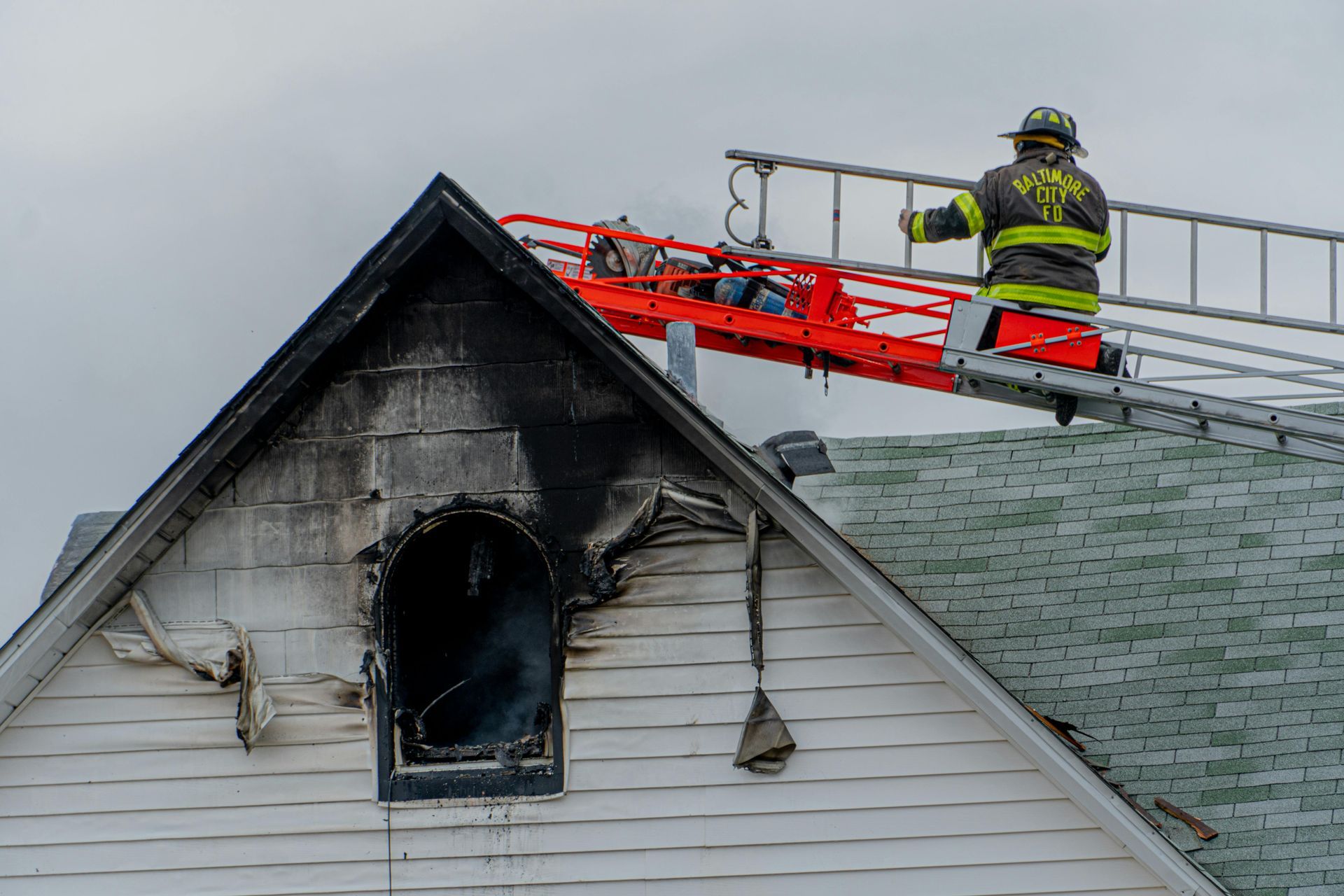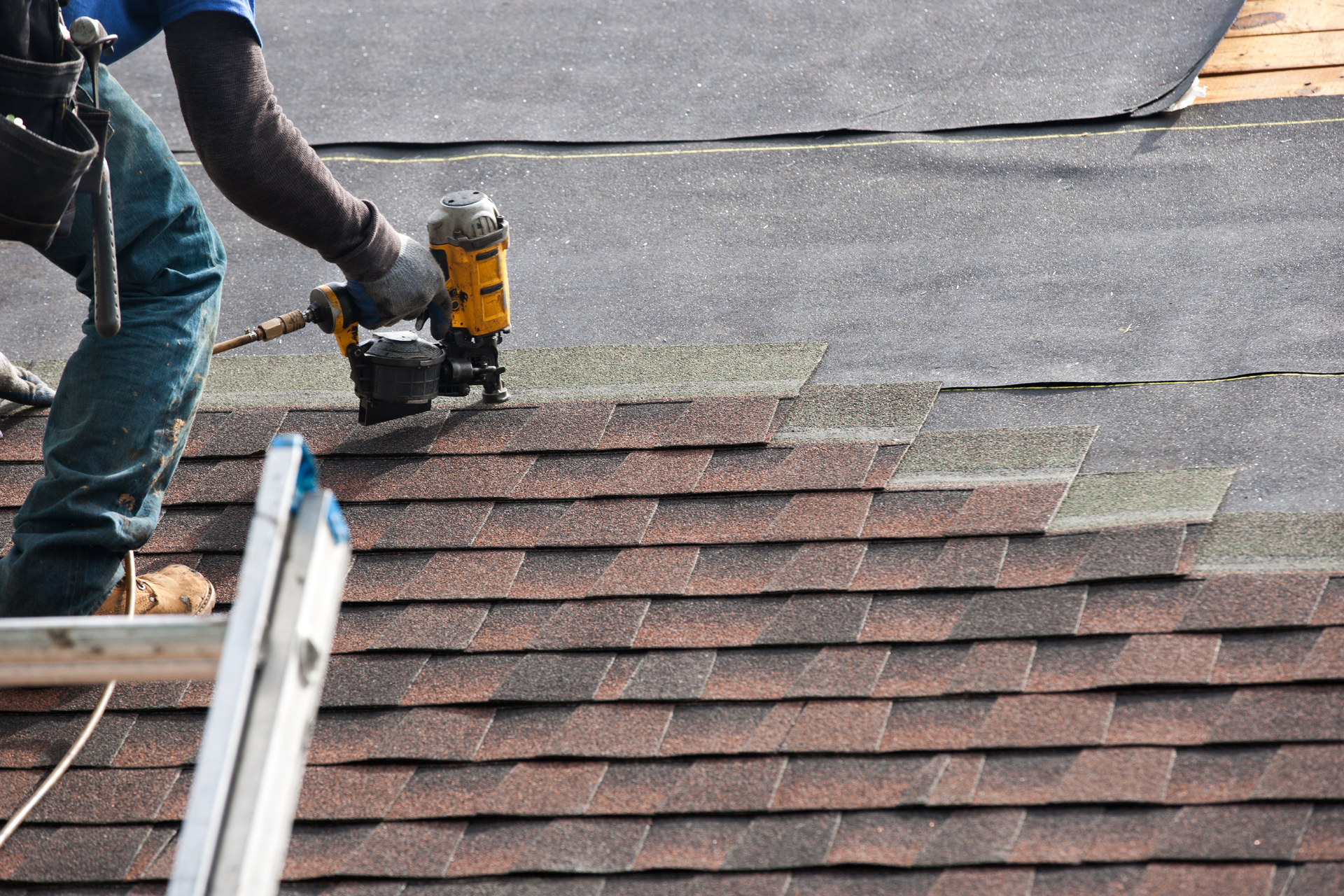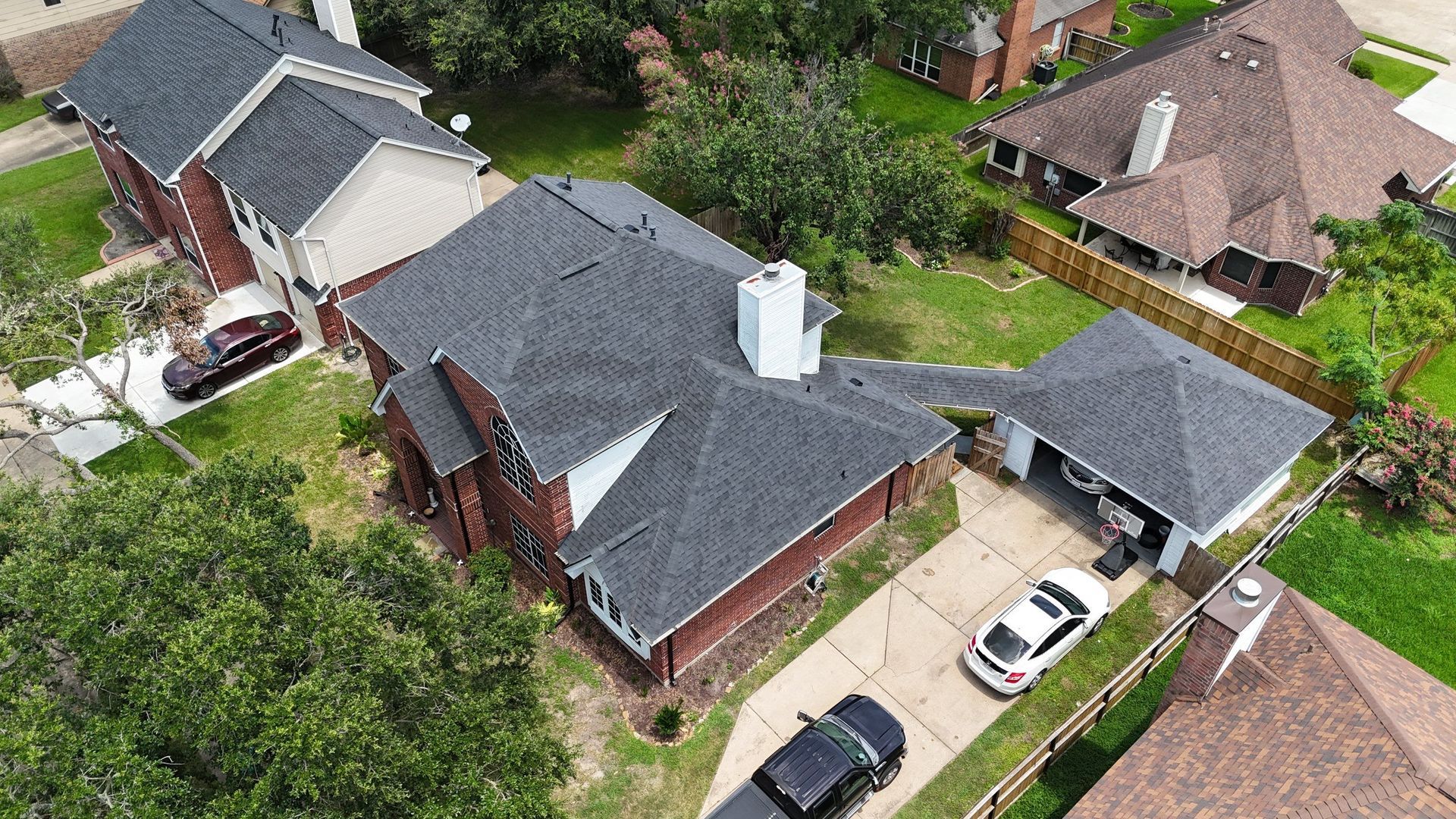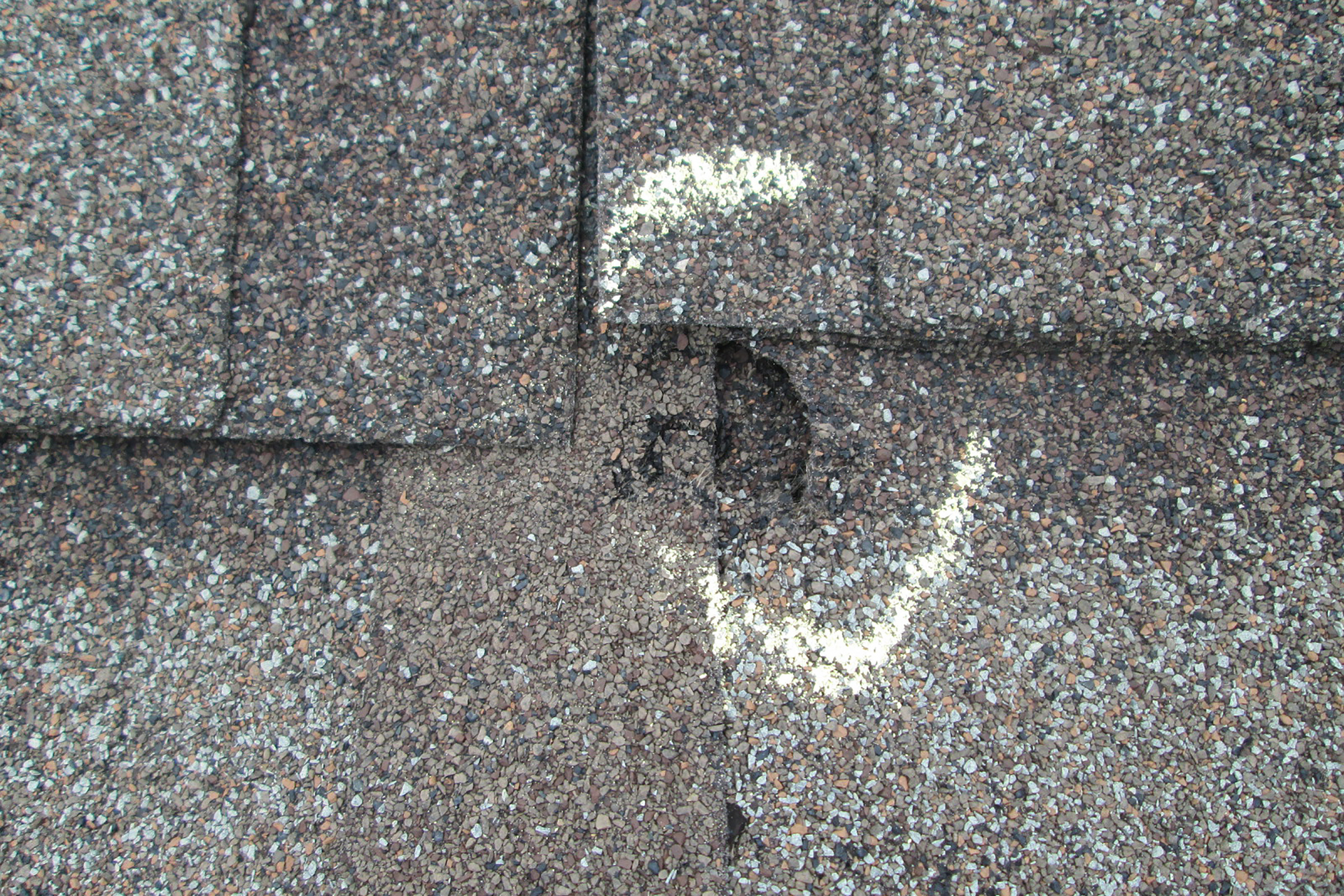Gutter Repair 101: How to Spot Problems Before They Cause Damage
There are so many good reasons to communicate with site visitors. Tell them about sales and new products or update them with tips and information.
Your gutters might not be the most glamorous part of your home, but they play a very important role in protecting your property from water damage. Neglecting them can lead to expensive repairs, from foundation issues to roof leaks. Knowing how to spot problems early is the first step to keeping your gutters, and your home, in the best shape.
Why Gutters Matter
Gutters are designed to channel rainwater away from your roof and foundation. When they’re clogged, cracked, or misaligned, water can overflow and seep into places where it doesn’t belong. This can result in:
- Basement flooding
- Roof leaks
- Siding and fascia damage
- Foundation erosion
Catching issues early helps prevent small problems from turning into expensive repairs.
Common Gutter Problems to Watch For
Sagging or Pulling Away
If your gutters are sagging or separating from the roofline, it often means they’re full of debris or waterlogged. This added weight can pull them loose and damage your fascia board.
Visible Cracks or Holes
Even small cracks can lead to leaks. Over time, these weak spots can expand, causing water to damage your siding, landscaping, or foundation.
Water Stains or Overflow
Look for water stains on the siding or pooling water near your foundation after a rainstorm. This often means gutters are clogged or not directing water properly.
Peeling Paint or Rust Spots
Moisture issues can cause exterior paint to bubble and peel, while metal gutters may rust over time. Both are signs of chronic water exposure.
Loose or Missing Fasteners
Fasteners keep your gutters securely in place. If you notice nails, screws, or hangers coming loose, it may be time for a quick fix before sections detach entirely.
Proactive Gutter Maintenance Tips
- Clean gutters twice a year, in spring and fall, to prevent clogs from leaves and debris.
- Inspect after heavy storms for signs of overflow, leaks, or sagging.
- Install gutter guards to reduce debris buildup and make cleaning easier.
- Check downspouts to make sure water is flowing away from the foundation.
Keeping up with routine inspections and maintenance will extend the life of your gutters and protect your home from water damage.
When to Call a Professional
While small gutter repairs like tightening fasteners or cleaning debris can be DIY-friendly, more serious issues, like large leaks, damaged sections, or improper slope, require a professional inspection. Timely gutter repairs prevent long-term structural damage and keep your home safe from the elements.
Bottom line: Your gutters are your home’s first line of defense against water damage. By spotting problems early and addressing them promptly, you could save thousands in potential repairs while keeping your property in its best condition.









